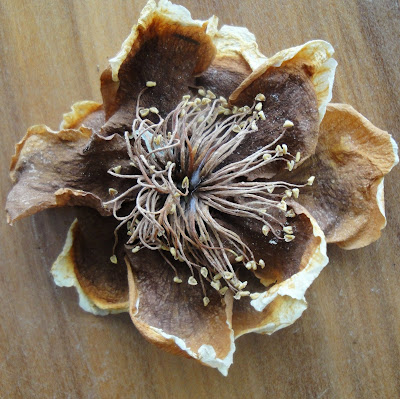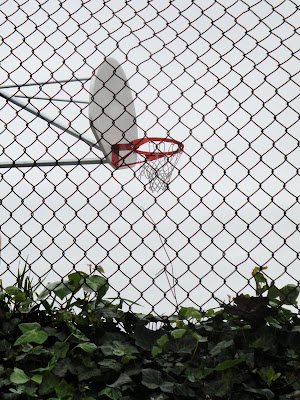In praise of dead wood:





An old, rotting pine tree is a thing of beauty to a red-cockaded woodpecker. There are bugs and lichen to eat. The wood is soft enough to peck out a nest to raise young. When pine forests in east Texas are cleared by loggers for the wood, sometimes new trees are planted to replace the old. But new trees do not provide food and housing for the woodpecker. The woodpeckers cannot survive. (The red-cockaded woodpecker is listed as an endangered species.)
Farther west in Texas, there are hills covered by ashe juniper, locally known as cedar trees. It seems there's plenty of cedar to go around, but most of it's new growth. The endangered golden-cheeked warbler requires "large blocks of mature [50+ years] ashe juniper" for nesting habitat. These birds are programmed only to make nests out of the long strips of bark that hang loosely only from the trunks of the old junipers. You clear out the old junipers in your yard, even though new ones will appear, you've taken away the residence for this endangered bird for the next half-century at least.
Many of us are accustomed to thinking of trees as ornamental, as landscaping. To take down all the dead wood and decaying branches in one's yard, though, is to take away the specialized food and homes for a diversity of creatures. But we can adjust our ideas of what is attractive to include those with whom we share space. Before taking out a 'dead' limb, it's good to consider who is living there...we are all inter-connected.
[If you look at the pictures above from Lafayette, Louisiana, you'll see why dead wood is not dead. There's a Mississippi kite perched on the pine snag. I once witnessed kites mating on that limb. A red-tailed hawk regularly hung out up there in the early morning, catching the first rays of sun. A pair of flickers(woodpecker-like birds)showed up, also red-headed woodpeckers, and red-bellied woodpeckers. You can see the holes created by some of these birds nesting and foraging for food. The lower pictures of fallen branches show how other plants take root in the pulpy wood. I took the pictures, though, because I was most curious about those shoe-sole-shaped growths. They were fairly common on branches in the moist, woodsy part of our yard- and I don't know what the heck they are.]


















































